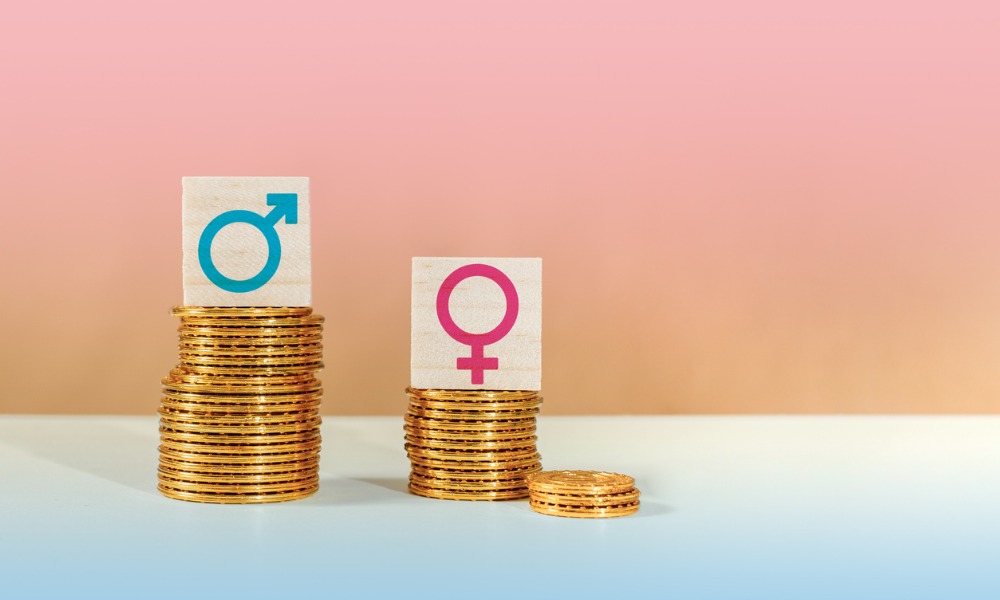A new online reporting tool was developed to help British Columbia employers efficiently prepare pay transparency reports, a requirement under B.C.'s Pay Transparency Act, enacted on May 11, 2023.
The pay transparency reporting tool allows employers to upload anonymized data on employees’ gender and pay, generating an automated report. This initiative aims to address and reduce gender pay gaps across various industries in the province.
By November 1, 2024 all B.C. employers with 1,000 or more employees must prepare and publicly post reports detailing their gender pay gaps. This requirement is being phased in to allow employers adequate time to comply.
As of November 1, 2023, the BC Public Service and the six largest Crown corporations, including ICBC, BC Hydro, WorkSafeBC, BC Housing, BC Lottery Corporation, and BC Transit, are required to report. By November 1, 2024, the requirement extends to all employers with 1,000 or more employees. By November 1, 2025, it will include all employers with 300 or more employees. By November 1, 2026, the requirement will encompass all employers with 50 or more employees.
Additionally, since last year, all employers in B.C. are mandated to include salary or wage information on all publicly posted job listings. This regulation has significantly increased the availability of wage information, with job postings featuring pay details rising to 76 percent in B.C. from 49 percent on the Canada-wide job-posting website Indeed as of February 2024. The government continues collaborating with employers to increase compliance and support transparency efforts.
The province has published its first annual pay transparency report, based on data from Statistics Canada and pay transparency reports submitted by employers last year. This report provides an overview of the gender pay gap in B.C., breaking it down by sector, employment type, and intersectional identities, such as Indigeneity, race, ethnicity, newcomer status, disability, sexual orientation, and gender identity.
According to the province, in 2023, women in B.C. earned 17 percent less than men based on median hourly wages. The disparity is even greater for Indigenous, racialized, and newcomer women. Statistics Canada data shows that for every dollar a man earned in 2023, racialized women earned a median of 76 cents, Indigenous women earned 80 cents, and newcomer women earned 81 cents.





